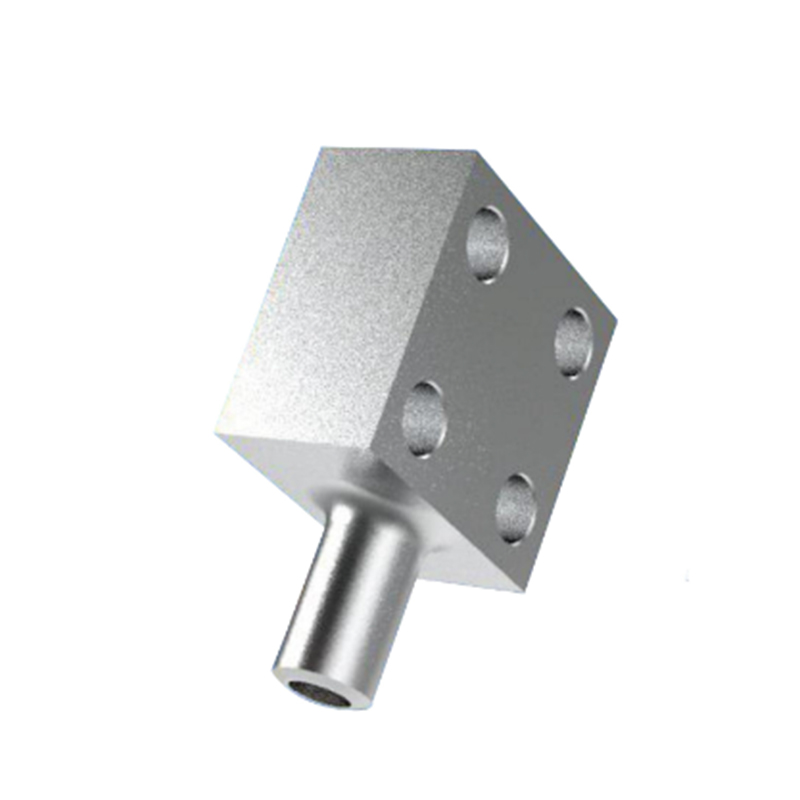Selection criteria for materials used in non-standard flanges
2024-04-29
When selecting materials for non-standard flanges, several criteria should be considered to ensure the flange's performance, durability, and compatibility with the intended application. Here are some key selection criteria:

1. Operating Conditions: Consider the temperature, pressure, and corrosive environment in which the flange will operate. Choose a material that can withstand these conditions without degradation or failure.
2. Material Compatibility: Ensure that the selected material is compatible with the fluid or gas being conveyed through the piping system. Some materials may react with certain chemicals or substances, leading to corrosion or contamination.
3. Strength and Mechanical Properties: Assess the mechanical properties of the material, including its tensile strength, yield strength, and hardness. The material should have sufficient strength to withstand the loads and stresses encountered during operation.
4. Corrosion Resistance: Choose a material with excellent corrosion resistance properties, especially if the flange will be exposed to corrosive environments or aggressive substances. Stainless steels, nickel alloys, and corrosion-resistant alloys are commonly used for this purpose.
5. Temperature Resistance: Consider the temperature range over which the flange will operate and select a material that can maintain its mechanical properties at elevated temperatures. High-temperature alloys such as Inconel or Hastelloy may be suitable for applications involving high temperatures.
6. Cost: Evaluate the cost of the material and consider the overall budget for the project. Balancing performance requirements with cost considerations is essential to ensure cost-effective solutions.
7. Availability and Lead Time: Ensure that the selected material is readily available from suppliers and can be obtained within the required timeframe. Consider lead times for fabrication and delivery when planning the project timeline.
8. Fabrication and Machinability: Consider the ease of fabrication and machinability of the material, especially if the flanges will require custom machining or forming processes.
9. Standards and Codes: Ensure that the selected material complies with relevant industry standards, codes, and specifications governing the design and manufacture of flanges. Compliance with standards such as ASME, ASTM, ANSI, and API is important for ensuring safety and performance.
10. Environmental Impact: Consider the environmental impact of the material, including its recyclability and potential for environmental pollution during production and disposal.
By carefully evaluating these selection criteria and consulting with materials engineers or specialists, you can choose the most appropriate material for non-standard flanges that meet the requirements of your specific application.

